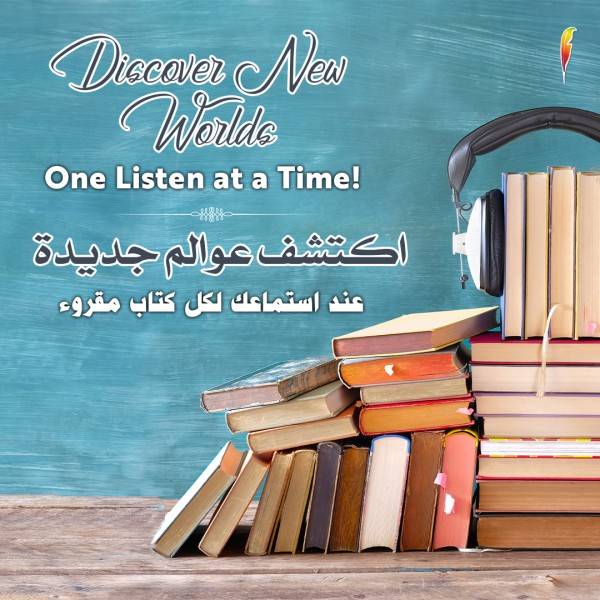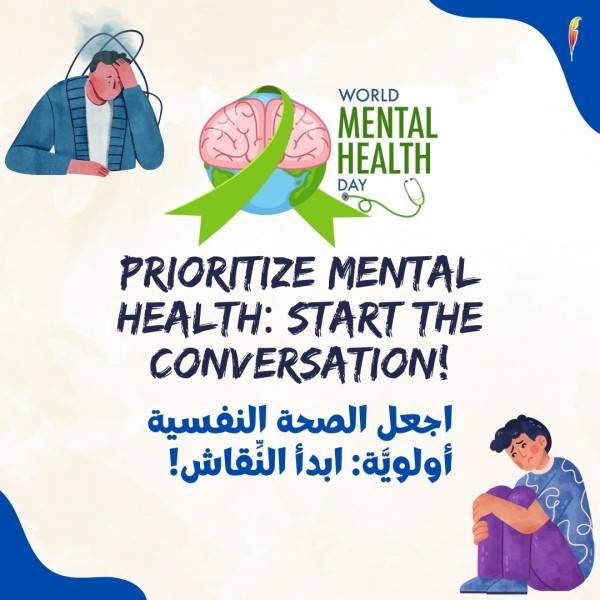
How has storytelling (the story) evolved over recent years?
The narrative style and method of narration has witnessed a remarkable development in recent years. With technological development, storytelling has become more visual and enjoyable, especially for children. Storytelling or the art of storytelling are tales or stories that are told across generations to gain a certain experience or lesson.
Each culture has its own different stories and tales that are passed down through generations, giving them advice and following what their fathers and grandfathers did.
Narration, then, is the way in which the story is told, and it is considered an interactive art, in which expressions and words are used to form the literary text. It is also an ancient form of expressive art. The narrative also relies on elements of suspense to keep the listener's ear listening.
This type also depends on the imagination and imagination of the listener through a depiction of the events in the story.
Types of storytelling:
1. First person pronoun: The narrator tells his own story, as he is part of the characters in the event.
2. Second person: In this type, the three pronouns must be used to complete the narrative meaning.
3. Third person: The reader or listener of this type infers a different view of others.
Storytelling depends on different forms to be presented in the appropriate and ideal way:
Oral narration: It is the narration of spoken words, and everyone has the opportunity to tell his own story. Cultural legacies are considered one of the types of oral narration, which are heritage customs and traditions transmitted orally across generations, and they are the oldest means of human communication. It was and still is a synonym for written and documented history, but unlike history and science, it was and still is transmitted orally from ancestors across generations, including a huge amount of spoken forms of expression, such as proverbs, riddles, tales, children’s songs, legends, epic poems, magic, prayers, hymns, and dramatic performances. For example but not limited to.
Customs and traditions are symbolized by inheritance, and its word “inherited” is derived from the root of the verb (inherited) to inherit an inheritance, our inheritance and our inheritance. Inheritance in the language means the transfer of something from one person to another or from one nation to another. Popular heritage takes its meaning from cultural heritage, which is meant by “a group.” The cultural models that a person receives from the different groups he lives with.” This inheritance represents an important element of development for humans. If we review our culture and customs, we find that we owe any development we reach to our ancestors. This development is only the result of the accumulation of legacies that include the experiences of the ancients, and we have built on them.
Oral traditions and expressions are used to transmit knowledge, cultural and social values and collective memory, all of which combine to play an important role in keeping cultures alive.
Some types of oral expression are common and can be used by entire communities while others are limited to certain social groups, such as only men, or only women, or perhaps only the elderly. In many societies. The transmission of oral traditions is a highly specialized profession, and society holds professional performers in the highest regard; This is because they are guardians of collective memory.
1. Visual narration: This narration is considered modern and linked to technology and is the type most popular with it, especially among new generations, as this type is based on images and visual media.
2. Written narration: With the development of writing, this type of narration is documented in books.
We suggest to you three books that you can read that specialize in storytelling. By reading these books, you will derive many lessons in addition to the joy of reading and activating the skill of imagination.
The first book: “Yalla Shradda” by Ali Nasser (Bo Maid)
In this interesting book, you will learn about the time of good people, the time of simple life and loving people, and we will open the secrets of the UAE’s past and its simple life before the modern shift that placed the country among the ranks of the most developed and modern countries. Now is your chance for the book to take you on a journey through this time that we all long for.
You can get a copy of the book here.
The second book: “Al-Houla” by Salma Ali Al-Ghafli
The book talks about the stories of the desert deep in the desert, an ideal opportunity for the reader to know the daily details of that era a century ago. Such as coexistence, ancient challenges, the prevailing beliefs of that period, and common morals and customs.
You can get a copy of the book here.
The third book: “Bin Arraf” by Salma Ali Al-Ghafli
This book also talks about the history of the desert in the UAE, and your journey through the book will enrich your knowledge through these ancient tales and customs.
You can get a copy of the book here.
If you are an aspiring writer and want to write about storytelling, Austin Macauley Publishers opens the door for you to submit your manuscript here.
If you want to follow the latest news and events about the house, you can follow our social networks: Facebook, X and Instagram.
We use cookies on this site to enhance your user experience and for marketing purposes.
By clicking any link on this page you are giving your consent for us to set cookies



